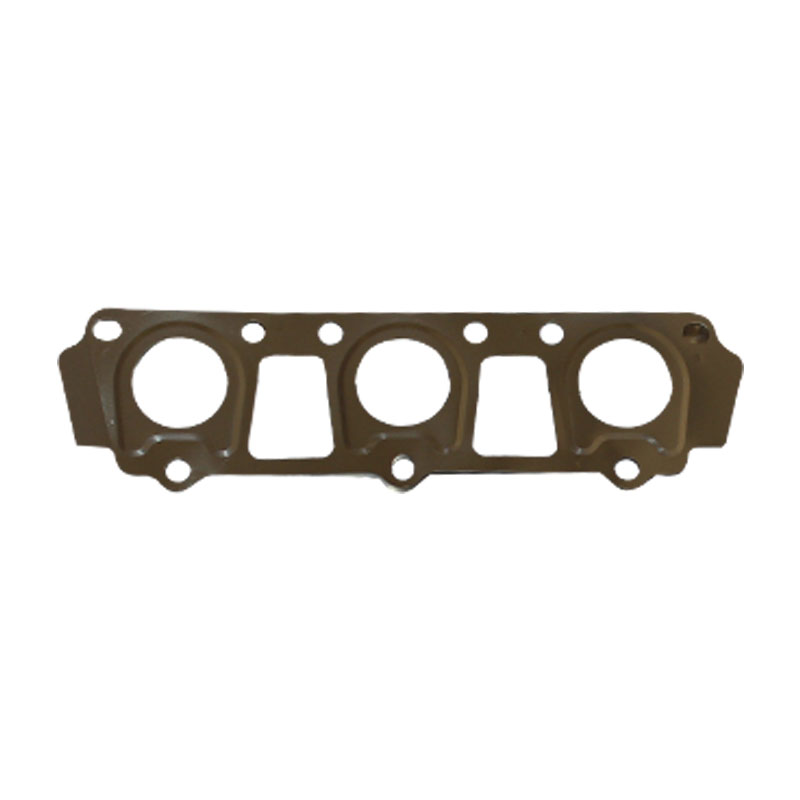Rear Axle Seal and Bearing Maintenance Tips for Optimal Performance
Understanding Rear Axle Seal and Bearing Importance and Maintenance
The rear axle seal and bearing play a crucial role in the overall performance and longevity of a vehicle's drivetrain system. Understanding their functions, symptoms of failure, and the importance of regular maintenance can help vehicle owners prolong the life of their vehicles and enhance safety on the road.
What Are Rear Axle Seals and Bearings?
The rear axle seal is a crucial component that prevents differential fluid from leaking out of the axle housing while also keeping contaminants from entering. The seal is typically made of rubber or a similar material, which allows it to provide a tight fit and flexibility needed to withstand the movements and vibrations of the axle system.
On the other hand, rear axle bearings support the rotation of the axle shafts. They ensure that the wheels can spin freely while maintaining stability and alignment. These bearings need to endure a fair amount of stress, especially in heavier vehicles or those designed for towing, where additional load is frequently applied.
Importance of Rear Axle Seals and Bearings
1. Preventing Fluid Leaks The primary function of the rear axle seal is to retain differential lubricant within the axle housing. A failed seal can lead to fluid loss, which can ultimately result in differential failure due to overheating and lack of lubrication.
2. Minimizing Contamination Rear axle seals protect the differential from dirt, water, and other contaminants that can enter the axle housing. Such contaminants can damage internal components, leading to more extensive repairs.
3. Supporting Wheel Alignment Properly functioning rear axle bearings are crucial for maintaining wheel alignment. Misalignment can lead to uneven tire wear, reduced fuel efficiency, and compromised handling, which can be dangerous at high speeds.
4. Reducing Noise and Vibration Worn bearings can create excessive noise and vibration. If you hear strange sounds coming from the rear of your vehicle, it could be a sign that your bearings are failing and need immediate attention.
Symptoms of Failure
rear axle seal and bearing

Recognizing the symptoms of failing rear axle seals and bearings can save you from more costly repairs down the line
- Fluid leaks Puddles of oil underneath your vehicle may indicate a malfunctioning seal. - Whining or grinding noises Such sounds while driving can signify worn bearings, calling for an inspection. - Excessive play in the axle A noticeable wiggle in the axle could be a sign of bearing wear, affecting driving stability. - Uneven tire wear This can result from misalignment due to faulty bearings.
Maintenance Tips
To ensure the longevity of your rear axle seal and bearing, it is essential to incorporate regular maintenance practices
1. Regular Inspections Periodically check for fluid leaks beneath the vehicle. Inspect the axle seals and bearings during routine maintenance or oil changes.
2. Timely Fluid Changes Differential fluid should be replaced according to the vehicle manufacturer's schedule. Old or contaminated fluid can deteriorate seals and bearings.
3. Address Repairs Promptly If you suspect issues such as leaking fluid or unusual noises, have your vehicle inspected as soon as possible to prevent further damage.
4. Professional Servicing Engage a qualified mechanic for repairs and maintenance. They have the expertise to diagnose problems accurately and ensure that replacements are done correctly.
Conclusion
The rear axle seal and bearing are integral components of your vehicle's drivetrain, contributing significantly to its performance and safety. Understanding their roles and symptoms of failure, alongside implementing routine maintenance can ensure the smooth operation of your vehicle while avoiding costly repairs related to negligence. As with all vehicle components, staying proactive in maintenance will go a long way in guaranteeing a safe and reliable driving experience.
-
The Ultimate Guide to Car Repair Kits: Tools and Essentials Every Driver Should Own
News Aug.01,2025
-
The Complete Guide to Oil Pan Gaskets: Sealing Engine Leaks the Right Way
News Aug.01,2025
-
Preventing Oil Leaks: A Complete Guide to Oil Pan Gaskets and Drain Seals
News Aug.01,2025
-
Everything You Need to Know About Oil Pan Gaskets and Drain Plug Seals
News Aug.01,2025
-
Essential for Car Owners: How to Use a Car Repair Kit to Deal with Minor Breakdown
News Aug.01,2025
-
Comprehensive Guide to Engine Oil Sump Gaskets and Related Seals
News Aug.01,2025
-
The Ultimate Guide to Boat Propeller Bearings and Trailer Wheel Bearings
News Jul.31,2025
Products categories















